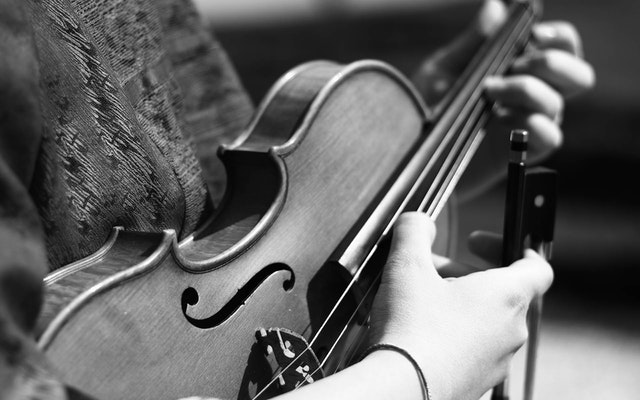
When musicians move overseas, one of their biggest worries is getting their instrument from here to there safely. Every instrument, from the trombone to the clarinet to the snare drum, is extremely delicate and sensitive to temperature and humidity. Two things are vital to ensure your musical instrument is shipped safely. First, it must be packed correctly. Second, you need an experienced and trustworthy personal shipping services provider.
Whether you are shipping a piano overseas or a flute, your instrument deserves extra care. It might be your teen’s drum kit or it could be the guitar, bodhran or fiddle that you’ll bring to sessions in your new location. From the cello to the piccolo, we treat every musical instrument like the treasure it is at Spratt Personal Shipping Services. Please let us know if your shipment includes an instrument. We are happy to help you ensure it is packed properly and that it arrives safely.
How to Pack Musical Instruments for Overseas Shipping
Cases are available for almost all musical instruments. But packing instruments to send via personal shipping services isn’t as simple as putting it in its case and then boxing it up. The details of how to pack a musical instrument for overseas shipping vary by type of instrument. It’s always wise to consult with your instrument’s maker or repair person before shipping it, but here is a general guide.
- Piano – When you are shipping a piano overseas cost might be your first concern, but how to pack a piano is another thing to research carefully. First, shut the lid over the keys and secure it. Wrap and secure the pedals too. You’ll want plenty of moving blankets to protect your piano. Because a piano is so large and heavy, it is advisable to hire specialists to actually pack it into a moving crate.
- String Instruments (guitar, violin, cello, harp, etc.) – Loosen or remove the strings, storing them safely. Wrap the neck of the instrument, ensuring the paper is between strings and neck if strings are left in place. Carefully secure or remove the bridge (if it has one). For instruments with a tailpiece, use a cloth or paper towel to pad between the tailpiece and the body of the instrument.
- Brass instruments (trumpet, trombone, tuba, French horn, etc.) – Clean your instrument first. If necessary, use padding to ensure it can’t move inside its case.
- Woodwind Instruments (clarinet, flute, saxophone, oboe, etc.) – Same as brass instruments.
- Percussion Instruments (drums, bodhran, cymbals, xylophone, etc.) – Remove legs, stands, etc, and wrap each drum individually. Wraps sticks and pack them separately. For larger drums, remove the heads. Put each piece in its own box with enough packing to prevent it from moving in transit.
The instrument in its case should be packed into a sturdy box with ample padding and clearly labelled ‘fragile – violin’, for example. Above all, communicate with the personal shipping services about your musical instrument. The type of instrument and your destination will determine whether it is better to ship it by air or surface. Don’t hesitate to contact Spratt Personal Shipping to discuss the best shipping option for you.
The post How to Ship Musical Instruments Overseas appeared first on Spratt Personal Shipping.



















